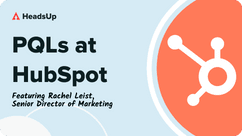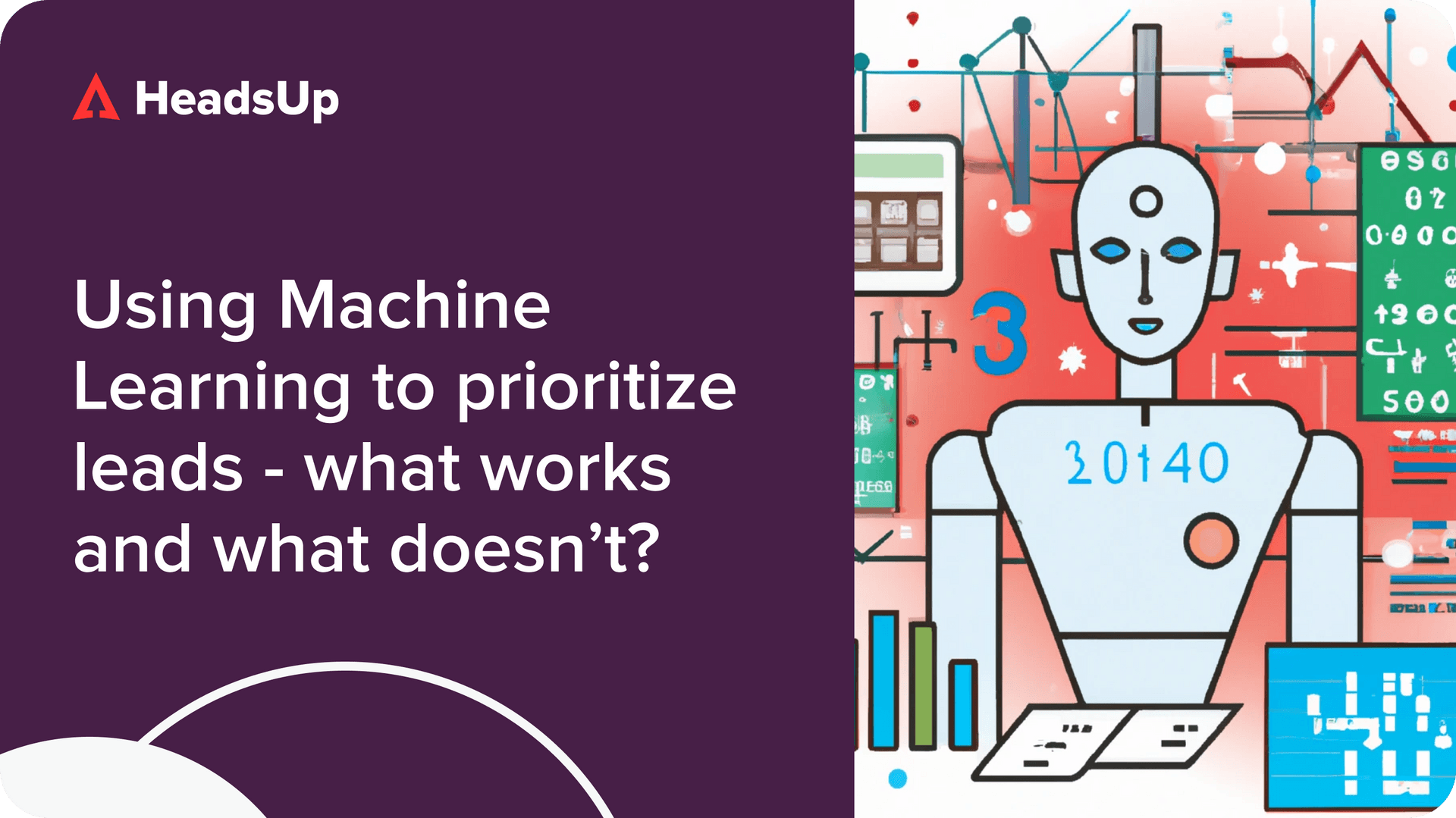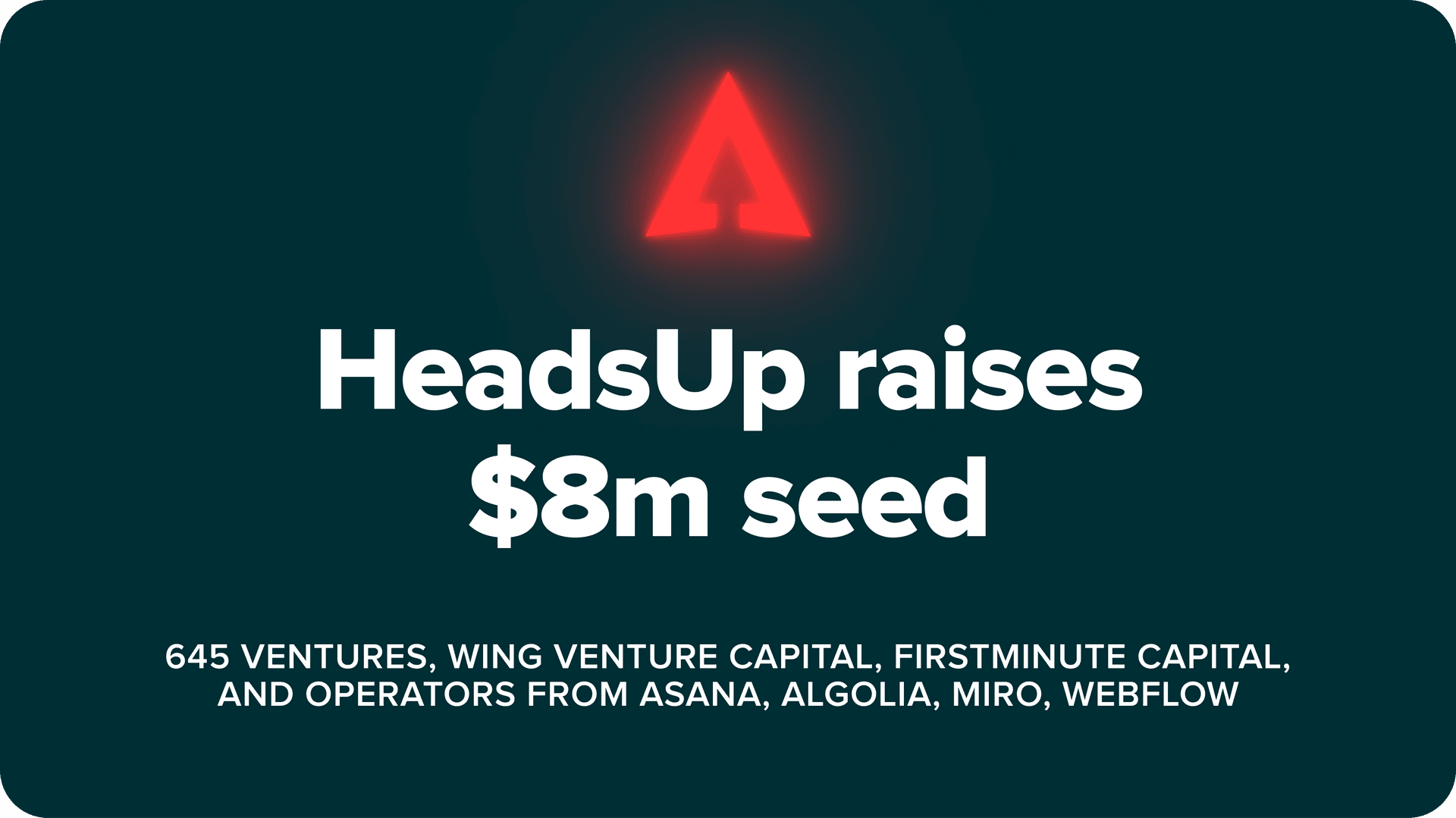At the end of 2020, HubSpot had more than 100,000 paying customers and $1 billion in annual recurring revenue.
But HubSpot’s success runs deeper than these numbers. In a relatively short span of 15 years, the company has established itself as a thought-leader whose brand is synonymous with inbound marketing, a methodology that the company now even offers certifications in.
Inbound marketing advocates a virtuous cycle of attracting users with content and SEO, engaging leads by offering solutions through targeted email, chatbot, and sales outreach and delighting customers with timely consultative conversations and surveys, turning them into brand advocates.
Unsurprisingly, HubSpot applies its own methodology and platform in its own efforts to drive revenue growth. The company attracted a large audience through an extensive content marketing operation. Many from this audience go on to try HubSpot—forming a sizeable base of free users.
And from there on, a precise and powerful combination of marketing automation and data-enabled sales accelerates the journey from free to paid.
To get an insider’s perspective on how HubSpot’s go-to-market teams leverage its product-led growth engine to drive more effective upsell, we spoke to Rachel Leist, a company veteran who now leads automation and demand generation efforts as Senior Director of Marketing.
Product Qualified Leads are an inflection point in the journey from free to paid
Two important hand-raising signals from users that HubSpot’s go-to-market team pays attention to are when free users request to speak with sales through the app and when they start in-app trials of premium features. These signals, among other criteria, indicate that a user has become a Product Qualified Lead (PQL) and should be engaged further by sales.
From initial sign-up and activation to reaching these important milestones in the purchase journey, HubSpot’s automation engine identifies key moments where users may be blocked and require help in order to progress further.
Specific behavioral patterns and thresholds tracked and used to determine what these moments are, including:
- Number of contacts added
- Number of messages sent
- In-app views of product comparison page
- In-app views of the pricing page
- Views and clicks of marketing emails
We have email automation set up based on high intent actions in the product. When someone takes that action or asks to talk to sales, we send them an email to help connect them to our sales team.
Rachel Leist, Senior Director of Marketing, HubSpot
The combination of these behaviors most predictive of a user becoming a PQL are then set as ‘triggers’ for automated email outreach with relevant product guides, offers, or invitations to events.
Rachel’s team constantly experiments with different triggers and automated outreach sequences to determine which have the biggest uplift on revenue. For instance, A/B testing may be used to determine whether sending certain email sequences after users view the contact page or after they view the pricing page results in them becoming a PQL and converting faster.
How sales expertise and data analytics come together to drive outreach strategy
Beyond enabling precise automated marketing engagement, tracking usage behavior and user journeys toward becoming PQLs also enables HubSpot’s sales team to prioritize which free users to engage for higher conversion rates.
A noteworthy aspect of HubSpot’s approach to identifying which users to focus upsell on is the highly collaborative, cross-functional nature of the process, where sales and data teams come together to improve the effectiveness of targeting strategies.
Our data teams work with our sales teams to get feedback on what works for them in the sales process. This partnership is key to a successful business strategy.
Rachel Leist, Senior Director of Marketing, HubSpot
Rachel points out that the most savvy sales reps at HubSpot have a knack of figuring out what signals and indicators really matter when it comes to closing deals. The best sellers have their own ‘secret sauce,’ in other words, that helps them outperform benchmarks.
Unlike in other organizations, where analytics and sales may function in silos, the two functions collaborate closely in HubSpot. Some of these intuitions sellers have about what is likely to be indicative of successful close, for example, are often channeled to data teams, who draw on these suggestions to improve the accuracy of analytics models.
Rachel sees this as a way that HubSpot could potentially further raise performance across its sales team. While currently, some reps perform better than others because they have more experience or better intuition, building a more uniform workflow and playbook with models built from the best of both sales intuition and data analytics could potentially unlock stronger performance across the board.
Personalization as the future of product-led marketing
One area in which Rachel and her team are actively working to further improve user engagement is building more personalization into marketing automation.
Part of the effectiveness of HubSpot’s current email automation outreach comes from the immediate relevance of messaging to users’ current considerations and needs—since they are triggered automatically by certain specific usage behaviors and marketing page views.
The team sees an opportunity to further drive relevance by making messaging more personalized and tailored to the specific persona that emails are targeted at.
Our goal is to engage the whole audience, but in a more personalized way. We’ve experimented with our newsletters—to trigger different content based on whether they are a marketer or if they are in sales. We see much better results with that because when you think about it, if you’re a salesperson getting marketing information, you’re probably going to unsubscribe. So personalization and role targeting is probably the biggest area we want to improve on.
Rachel Leist, Senior Director of Marketing, HubSpot
Rachel’s team hopes to draw on user data and data enrichment tools to customize both the nature of usage triggers and the customized email content for specific user roles and also customer journey stages. In her view, triggers and messaging should be tailored to be specifically relevant to whether users are marketers or in sales, and the nature of marketing outreach to users who are already being actively engaged by sales should differ from that to newly onboarded users.
By building this deeper precision into HubSpot’s outreach engine, Rachel believes that her team will be able to further increase the impact of marketing efforts and increase the likelihood and speed at which free users convert. Such advances have been made possible by HubSpot’s deep investment into a system of translating product usage and customer data into clear, systematized insights that its marketing and sales efforts can leverage for maximum impact.


